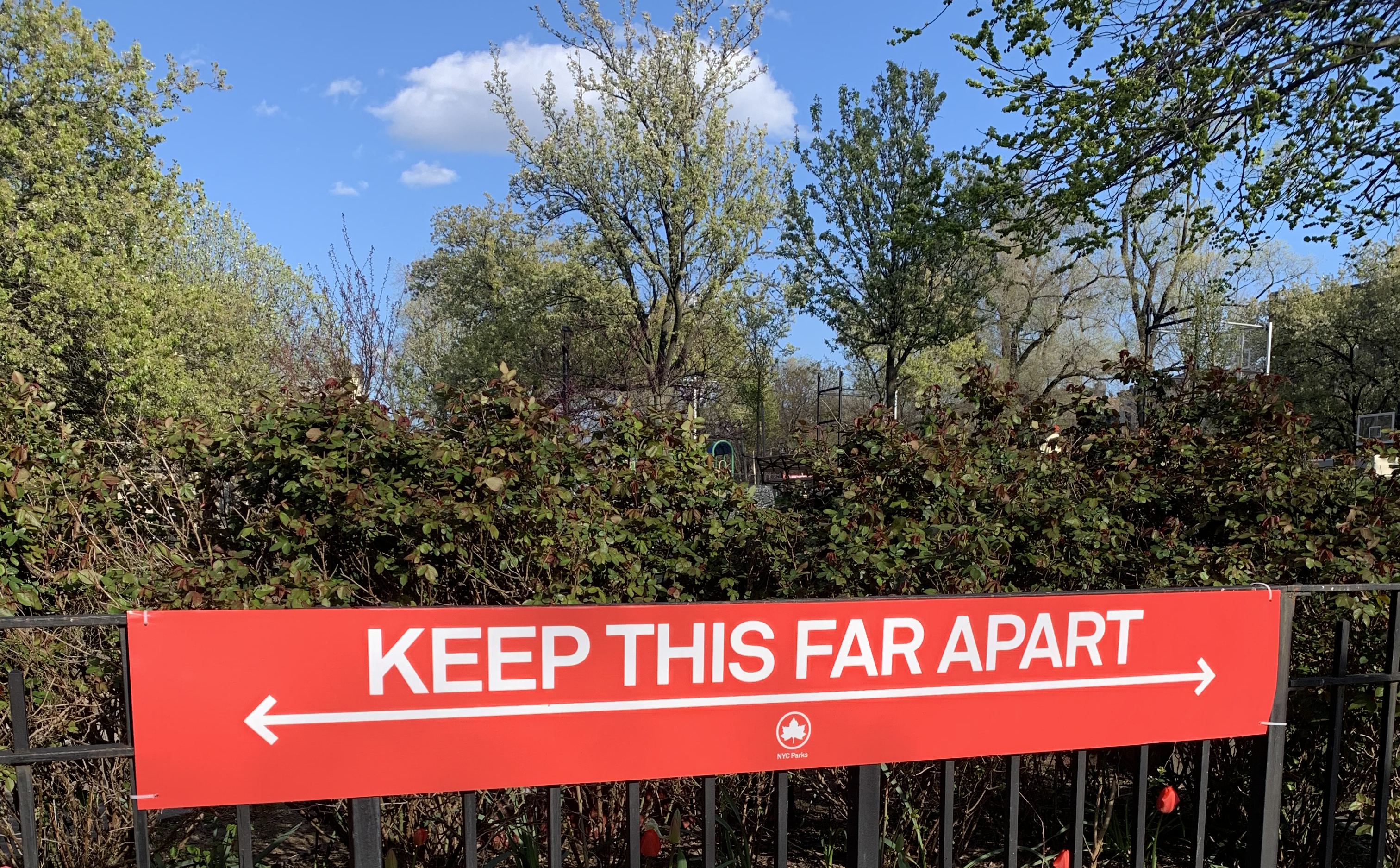Despite urgent warnings from credible healthcare authorities, lockdowns in major cities and laws passed to enforce social distancing, many people still aren’t taking these measures seriously. What’s behind this seemingly blatant noncompliance? There are several diverse factors at play when it comes to the decision to ignore social distancing warnings, ranging from a lack of insight and understanding to some form of denial.
Here are the five main reasons, social distancing hasn’t caught on with some people:
1. We fail to see how our behavior hurts others. This is especially true in places where there are no known outbreaks. But, as we’ve learned, nearly every region of the country will eventually be affected. Chances are, if you aren’t hearing daily case updates on the local news, you may have a false sense of safety.
2. Infection is invisible. Our minds detect patterns that help us survive. Say, for example, you eat bad sushi and then start vomiting; the direct link between cause and effect is clear. But because there can be a delay between getting the virus and feeling sick, it is hard to make this cause-effect link.
3. Some of us feel invincible. What psychologists call “The Personal Fable” can make it hard for some younger people to see the risks at play. The personal fable is a common belief among people roughly between the ages of 10 to 24 who feel they are immune from the problems that affect others, no matter how they behave.
4. We don’t know what we don’t know. The less we actually know, the more confident we are that what we know is true. Psychologists know this as “The Dunning-Kruger Effect.” In a time when elections are hacked and misleading news proliferates social media, it’s hard to know who to trust. Many of us dismiss any information that doesn’t align with our beliefs.
5. We rebel against feeling controlled. When someone threatens our free will, we rebel to protect the right to our own opinion. Let’s say that there are two politicians vying for office and you were going to vote for politician A. If a forceful person tells you “you have to vote for politician A or you’re a mouth-breathing idiot,” you just might decide to vote for the other candidate.
Converting the social distancing holdouts
As we’ve learned from the experiences of other countries, social distancing can play a big role in controlling the spread of COVID-19. To persuade those individuals that still may be resistant to social distancing, we should look to positive role models and lean into social networks.
Military service men and women, for example, offer a model for sacrificing individual rights when it serves the greater good. This can be a valuable lesson for the many of us who still expect everything delivered to our door, immediately, with no personal sacrifice. Americans are not accustomed to putting their own needs aside for the common good, but it may be something we have to get used to.
For those who see the risks and rebel anyway, we need to take a different approach. Instead of telling people to not do X, Y, and Z, we can show them examples of how people are making a free choice to protect those they love through their behavior.
For instance, John Krasinksi’s new web series, “Some Good News,” focuses on positive things people are doing amid COVID-19. Instead of urging “social distancing,” which tells people what to do, we might do better to show them ways to “connect from a distance.”
Perhaps we can also tap into the goodwill many Americans feel right now for first responders and those in the military. Someone in my network, a veteran and an ICU nurse who works on a COVID-19 unit, recently posted a personal account on the Seeking the Military Suicide Solution Facebook page. She describes going home after a grueling 13-hour shift to see crowds of people walking outside or exercising together — and then returning to the hospital to hold the hand of a patient dying alone because no visitors are allowed. In this instance, social media was used to share the real struggles of our healthcare professionals.
The bottom line
Instead of blaming those that have not yet observed the recommendations of leading government agencies to observe social distancing to quell the current outbreak, we must look below the surface and address the underlying attitudes and behaviors responsible. Psychologists have a lot of insight to offer in this area. With their help and a collective movement to elevate positivity and sacrifice, we’re more likely to get through this public health crisis safely and more unified than we started.
Dr. Shauna Springer, the Chief Psychologist for Stella Center, is one of the nation’s leading experts on PTSD and Trauma. What she has learned from two decades serving those at the extremes, our nation’s warriors and their families, can help all of us during this time of crisis.


